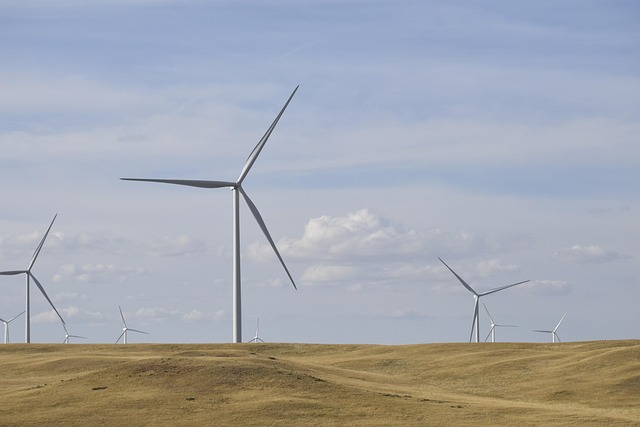Cutting-Edge Architectural Innovations for Energy Conservation
As the world increasingly turns its attention to sustainability, the realm of architecture is experiencing a profound transformation. Energy saving is no longer just an afterthought; it’s the core foundation upon which modern buildings are designed and constructed. From sleek urban skyscrapers to cozy residential homes, architects are weaving innovative strategies into their blueprints to minimize environmental impact while maximizing efficiency.
Smart Building Materials: The Future of Energy Efficiency
One of the most exciting advancements in energy saving is the development of smart building materials. These materials actively respond to environmental conditions, regulating temperature, light, and even air quality. For example, phase-change materials (PCMs) absorb and release heat to maintain comfortable indoor temperatures without excessive heating or cooling.
Similarly, self-healing concrete not only enhances the durability of structures but also contributes to energy conservation by reducing the need for repairs and the associated resource consumption. The integration of nano-coatings can further improve insulation and minimize energy loss.
Integrating Renewable Energy Systems into Design
The integration of renewable energy systems is becoming a hallmark of contemporary architectural design. Photovoltaic panels are no longer bulky additions but are seamlessly embedded into building facades, windows, and rooftops, converting structures into energy producers rather than mere consumers.
Innovations such as building-integrated photovoltaics (BIPV) allow for the harnessing of solar energy without compromising aesthetics. Coupled with advanced energy storage solutions, these systems ensure that buildings maintain energy autonomy and resilience.
Adaptive Building Envelopes
Adaptive building envelopes represent a leap forward in energy saving. These dynamic skins can adjust their properties in response to external stimuli like sunlight, wind, and temperature changes. For instance, shading systems may expand or retract to control the amount of solar heat entering the building, reducing the need for artificial climate control.
Such adaptive technologies not only cut down energy consumption but also create a comfortable living and working environment, responding fluidly to the needs of occupants.
Harnessing Natural Ventilation and Daylighting
Innovative architectural designs now prioritize natural ventilation and daylighting to reduce reliance on HVAC systems and artificial lighting. By carefully orienting buildings and incorporating features like operable windows, light wells, and reflective surfaces, architects can maximize airflow and natural light penetration.
This approach not only conserves energy but also enhances the well-being of occupants by fostering a connection with the outdoors and creating healthier indoor environments.
Smart Technologies and IoT Integration
The rise of the Internet of Things (IoT) has opened new horizons in energy saving. Smart sensors and automated systems can monitor energy consumption in real-time, adjusting lighting, heating, cooling, and ventilation to optimize efficiency.
For example, occupancy sensors can dim or turn off lights when rooms are unoccupied, while smart thermostats learn user preferences to balance comfort with energy conservation. This convergence of architecture and technology paves the way for buildings that are responsive, efficient, and eco-friendly.




